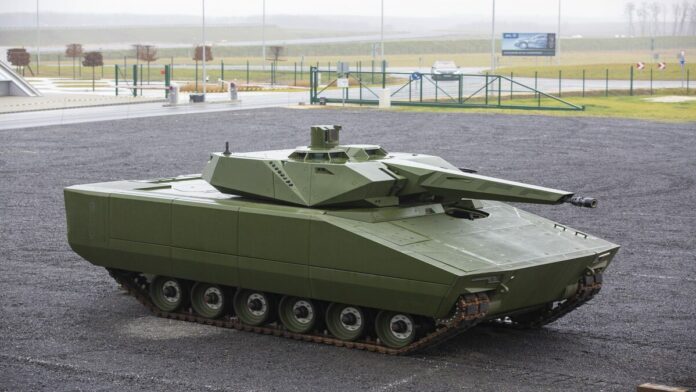This article is available in a video format.
Infantry Fighting Vehicle is a lightly armored, armed, trucked, or wheeled vehicle, used to transport and support infantrymen.
With the ongoing war between Russia and Ukraine, military enthusiasts worldwide are forced to learn much about cold war era military machines. An infantry fighting vehicle is one of the most used and valuable machines on a modern battlefield. Given its high firepower and the ability to transport infantry across open fields, infantry fighting vehicle becomes invaluable for any modern fighting force.
In this article, we will go through the world’s best infantry fighting vehicles to date.
Article Contents
M2A3 “Bradley”
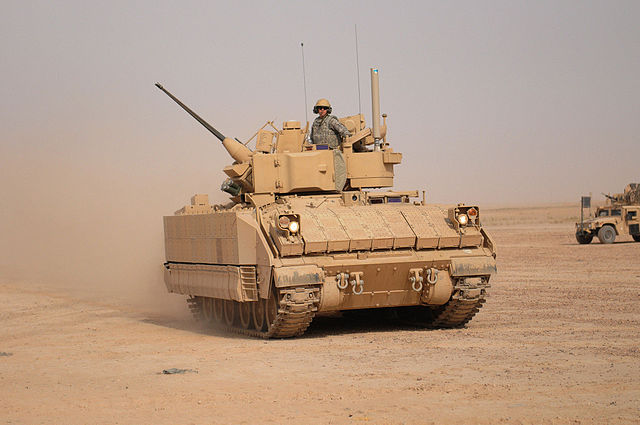
The M2A3 Bradley is an American infantry fighting vehicle that has been in service since 1981. It is designed to transport infantry troops and provide fire support in combat.
The M2A3 Bradley has a range of armaments, including a 25mm cannon, a 7.62mm machine gun, and various other weapons such as TOW anti-tank missiles. It also has advanced communication and fire control systems, as well as advanced armor protection.
The version which was sent to Ukraine is M2A2 ODS – one generation behind the top-notch M2A3 yet is it still a great vehicle, capable to deliver against any modern Russian vehicle.
The M2A3 Bradley is highly mobile and has a high level of protection, making it well-suited for a variety of missions, including urban warfare and peacekeeping operations. It has been used in several conflicts, including Operation Desert Storm and Operation Iraqi Freedom. It is yet to face the Russian armed forces later in 2023.
The M2A3 Bradley is an upgraded version of the original M2 Bradley, with improved electronics, weapons systems, and armor protection. It remains one of the main armored vehicles of the United States military and is highly regarded for its versatility and reliability.
By the way, the famous movie “The Pentagon Wars” does not represent the real story behind this infantry fighting vehicle development. It was never so dramatic, yet it did have several problems which we will talk bout in a separate article.
CV90
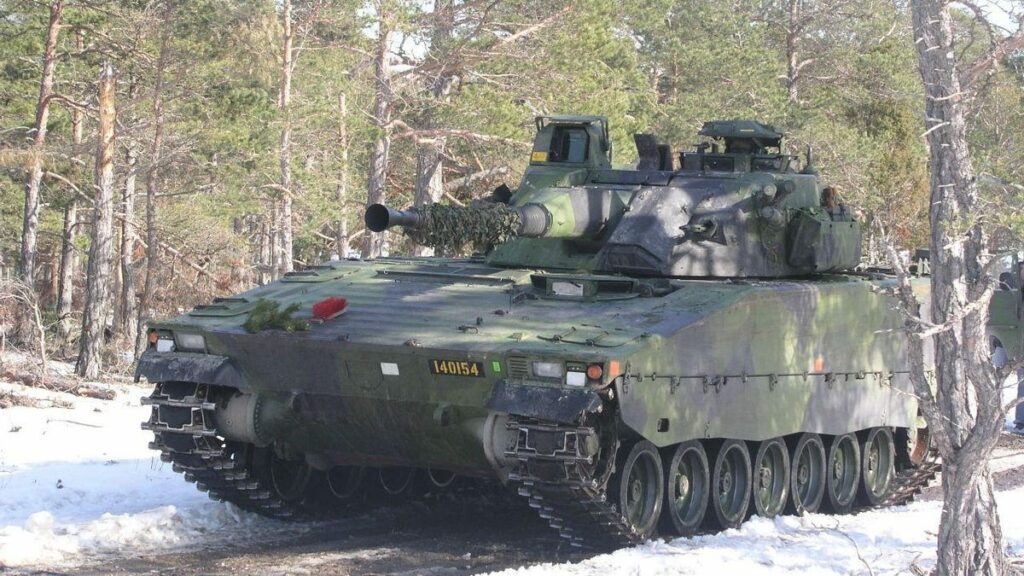
The CV90 was developed by the Swedish defense company BAE Systems Hägglunds and is based on a modular design, which allows for easy upgrades and customization. The vehicle is equipped with a state-of-the-art fire control system that provides high accuracy and speed in target engagement, as well as advanced communication systems for effective command and control.
The CV90 also features advanced armor protection, which provides a high level of survivability for the vehicle and its crew. The vehicle’s unique design allows for excellent mobility and maneuverability, even in difficult terrain, making it well-suited for use in challenging environments.
In addition to its military applications, the CV90 has also been used in peacekeeping and humanitarian missions, where its versatility and reliability have been highly valued. The vehicle has a proven track record of performance and is widely considered to be one of the best infantry fighting vehicles in the world.
The armament of this infantry vehicle is controversial. It has a usual automatic cannon and a machine gun. Additionally, it has 6 launchers, 76mm each, designed to launch grenades of various natures – ranging from smoke to combat. However, the lack of ATGMs makes this infantry fighting vehicle incapable of hunting tanks.
BTR-4E “Bucephalus”
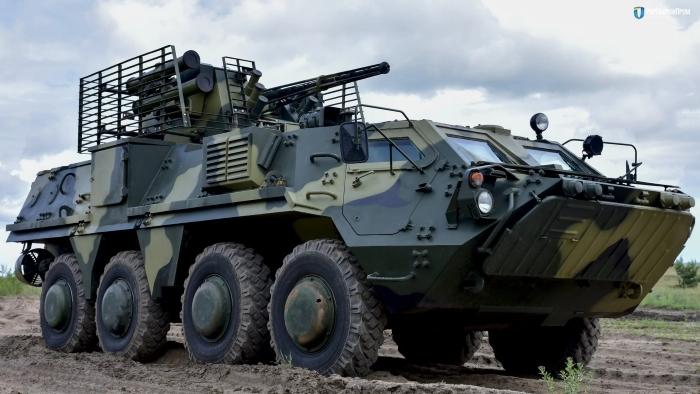
The BTR-4E is an 8×8 wheeled armored personnel carrier (APC) developed by the Ukrainian company Kharkiv Morozov Machine Building Design Bureau. It was first introduced in 2008 and is designed to transport infantry troops and provide fire support in combat.
The BTR-4E is equipped with a range of armaments, including a 30mm cannon, a 7.62mm machine gun, and various other weapons such as anti-tank missiles. It also has advanced communication and fire control systems, as well as advanced armor protection.
This infantry fighting vehicle was developed based on the traditional Soviet BTR shape. However, unlike the Ukrainian BTR-3 or Russian BTR-82, this came out to be an actual good vehicle. The hull was now redesigned, giving it modern and sensible doors for the infantry and driver to enter and leave the vehicle.
One of the biggest flaws of the vehicle is the soviet tradition of making it floatable. The number of cases in history when this ability was used in actual combat is close to zero, yet all post-soviet engineers still work on making vehicles able to swim, even though this decreases the armor drastically. Upgrade BTR-4E with better armor protection and remove the swimming capability and you will get a great, well-priced modern infantry vehicle.
Overall, the BTR-4E is a highly capable and versatile armored personnel carrier/infantry fighting vehicle that provides an excellent balance of mobility and firepower. Its advanced design and proven track record of performance make it a valuable asset for any military force. Low price is also a big bonus, given that it is important to be able to produce military vehicles in high numbers when required.
BMP-3
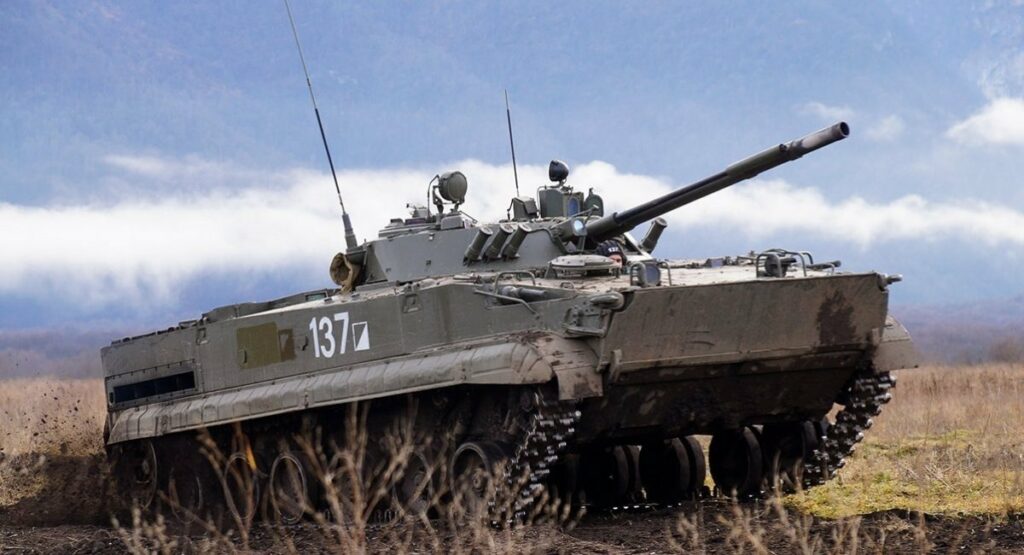
We talked about BMP-3 before and we even have a youtube video about it. You can check both of these by clicking on the links.
The BMP-3 is the last infantry fighting vehicle designed in the Soviet Union and the only one produced in the modern-day Russian Federation. It is really different from any other infantry fighting vehicle across the globe given its armament. It is heavily armed with both a 100mm cannon and a 30mm auto-cannon. This opens a range of possibilities on the battlefield, as it can engage almost any target with a high level of success.
However, it has a number of cons which actually come out of its positive sides. The ability to fight tanks is limited, even thou the 100mm cannon can be used to fire ATGMs. This was a good decision for the 1980s, but not great for today, as tanks are now better armored and the penetration capacity of such a small caliber ATGM is not good enough. In theory, modern ATGMs can be installed on top of the turret, yet this was never done in reality apart from some experimental versions.
Just as with the BTR-4 situation, the BMP-3 can swim. This ability seems even more ridiculous for such a heavy infantry fighting vehicle. And of course, it leads to a very thin armor. Given the armor thickness and the size of the vehicle, it makes it a very unsafe place for the infantry and the crew to be in.
On top of that, given the size and armament, this vehicle is not simple to mass-produce. Prior to the invasion of Ukraine, Russian armed forces only had around 600 of these. And their production capacities are limited to around 200-300 of this infantry fighting vehicle per year. Given that the absolute majority of the Russian infantry regiments were equipped with outdated BMP-1 and BMP-2 IFVs, which were destroyed in ridiculous amounts in 2022, it is unclear how they will rearm those units. The possible answer is BTR-82, yet this car is lacking behind any of its counterparts.
Puma
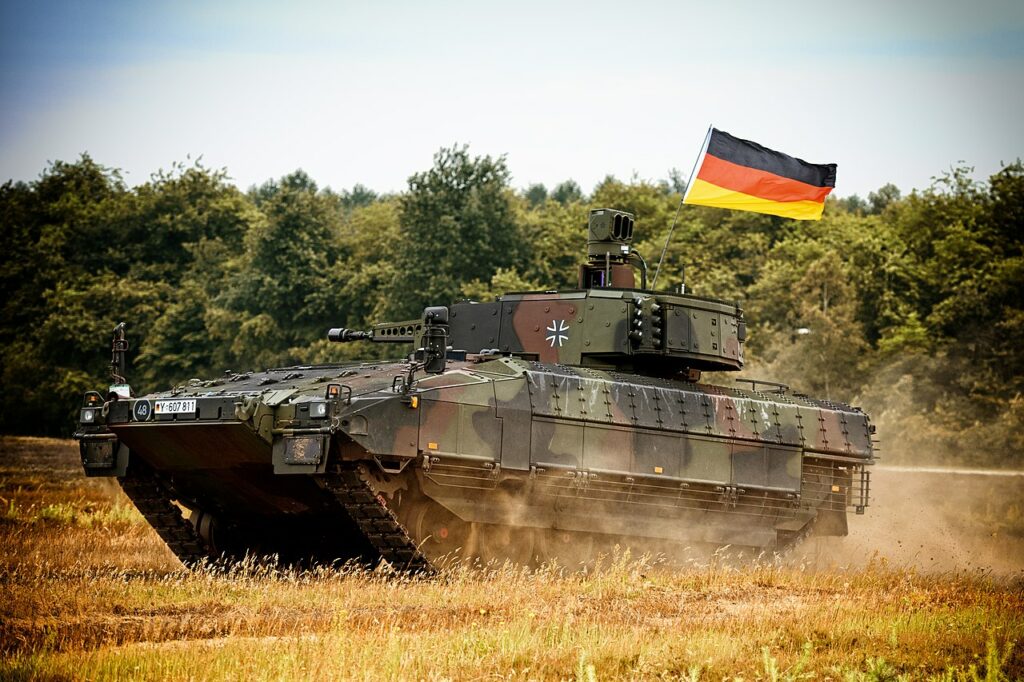
The Puma is a German Infantry Fighting Vehicle (IFV) developed for the German Army. It was designed to provide armored protection for infantry troops, transport them to the battlefield, and provide fire support with its armament. The Puma was first introduced in 2010 and has since been adopted by the German military as its primary IFV.
Features of the Puma include:
- Amphibious capabilities: thank God, they are absent
- Armor protection: The Puma is equipped with advanced armor protection, including modular armor and explosive reactive armor, to protect its crew and passengers.
- Firepower: The Puma is equipped with a 30mm automatic cannon, a 7.62mm machine gun, and various other weapons systems, providing significant firepower for its size.
- Mobility: The Puma is powered by a diesel engine and has a top road speed of up to 70 km/h, making it one of the fastest IFVs in its class.
Puma had a great chance of becoming the top-notch vehicle of the future. However, its recent performance on a big training exercise in Germany showed a huge number of problems associated with the vehicle.
Yet, with the recent developments on the modern-day battlefield and struggles in the current international political situation, it is likely that Bundestag with push Rheinmetall Landsysteme to speed up and fix all the problems associated with this infantry fighting vehicle. It is especially necessary as Germany plans to equip Ukrainian Army with its older generation Marder IFVs, which are only thing they have in stock in reasonable numbers.


